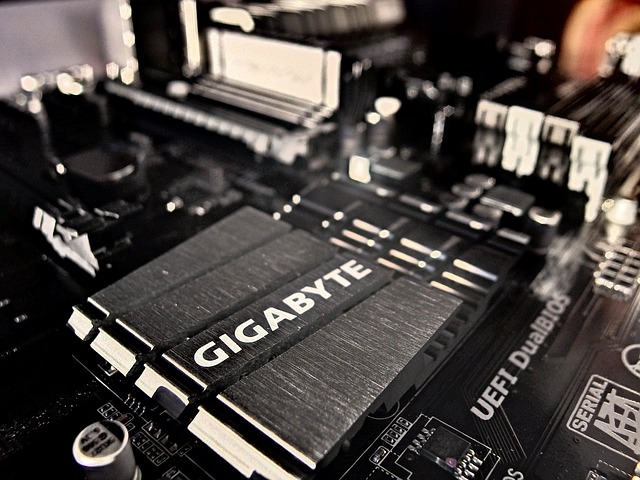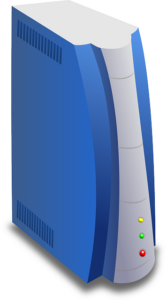ALT Linux is a versatile operating system designed with extensive customization options to suit a wide range of user preferences and technical skill levels. It boasts a modular design that allows users to tailor their computing environment, choosing from desktop environments like KDE Plasma, XFCE, LXDE, and more, and fine-tuning system performance, accessibility, and functionality using intuitive configuration tools. Users can personalize every aspect of their system, from the interface's layout to the allocation of system resources, to create a workspace that reflects their individuality and enhances their workflow. Accessibility is a key focus, making ALT Linux suitable for both beginners and advanced users. The OS stands out with its array of customization tools, which are particularly favored by power users and developers who require precise control over system settings and software packages. These features, combined with the distribution's modular architecture that allows for customization of fundamental components like kernels and desktop environments, provide an unparalleled level of control and efficiency. As a result, ALT Linux offers a seamless user experience tailored to advanced users' development needs, making it a robust and adaptable solution for personalized computing.
discover the transformative power of ALT Linux, a versatile operating system that caters to users seeking a highly personalized computing experience. This article delves into the art of crafting an interface that aligns seamlessly with your preferences and workflow. From novices eager to unlock their first layers of usability, to seasoned tech enthusiasts craving advanced customization, ALT Linux offers a spectrum of options. We’ll guide you through tailoring your desktop environment, exploring essential customization features, and venturing into the realm of sophisticated modifications designed for power users and developers. Embark on a journey to create an interface that’s uniquely yours with ALT Linux.
- Unveiling the Flexible Frontier: Customizing Your Interface with ALT Linux for Enhanced Usability
- Mastering Personalization: A Step-by-Step Guide to Tailoring Your ALT Linux Experience
- Beyond Constraints: Exploring Advanced Customization Options in ALT Linux for Power Users and Developers
Unveiling the Flexible Frontier: Customizing Your Interface with ALT Linux for Enhanced Usability

ALT Linux emerges as a pivotal player in the realm of user-friendly computing, offering an array of customization options that cater to diverse user preferences and technical expertise. The platform’s flexibility is exemplified through its modular approach, allowing users to tailor their interface to meet specific needs or preferences. This adaptability ensures that users can optimize their workflow by selecting from a suite of desktop environments, including KDE Plasma, XFCE, LXDE, and others. With ALT Linux, the customization extends beyond mere aesthetics; it encompasses system performance, accessibility, and functionality. The intuitive configuration tools provided by ALT Linux empower users to fine-tune their experience, from the layout of system icons to the depth of available system resources. This level of control not only enhances usability but also promotes a more personalized computing environment, making every interaction with the system a reflection of individuality and efficiency.
Furthermore, ALT Linux’s commitment to accessibility is evident in its design philosophy, which prioritizes ease of use without compromising on advanced features. The platform’s customizability extends to themes, application management, and even system settings, ensuring that both novice and experienced users can navigate the interface with ease. For those who seek a seamless and tailored computing experience, ALT Linux stands out as a robust solution, offering a plethora of tools and options to create an environment that is uniquely suited to the user’s needs. This adaptability is not just a feature but a foundation upon which users build their personalized computing experience, making ALT Linux an exemplary choice for anyone looking to customize their interface for enhanced usability.
Mastering Personalization: A Step-by-Step Guide to Tailoring Your ALT Linux Experience

ALT Linux stands out for its highly customizable interface, offering users a tailored experience that enhances productivity and satisfaction. To master personalization within ALT Linux, begin by exploring the suite of tools available in the system settings. Here, you can adjust visual elements like themes, icons, and window borders to your preference, ensuring a consistent and pleasing aesthetic aligns with your tastes or work environment. The next step is to delve into the desktop preferences, where you can configure shortcuts, virtual desktops, and display settings to optimize your workspace for efficiency.
Advanced users can further refine their ALT Linux experience by configuring desktop widgets and plugins. These add-ons can integrate with various services, from weather updates to system monitoring tools, providing you with at-a-glance information that matters most to you. Additionally, the inclusion of Fluxbox or Blackbox window managers as part of the ALT Linux environment allows for even deeper customization, enabling users to create a workspace that is not only visually unique but also highly functional according to individual workflow needs. By following these steps and leveraging the robust customization options offered by ALT Linux, users can craft a computing experience that is uniquely their own, fostering a user-friendly environment that is both efficient and enjoyable.
Beyond Constraints: Exploring Advanced Customization Options in ALT Linux for Power Users and Developers

ALT Linux stands out in the realm of Linux distributions for its robust set of customization features tailored specifically for power users and developers. These advanced options go beyond mere interface tweaks, offering a deep level of personalization that can transform the operating system into an environment perfectly attuned to individual workflows. For instance, the distribution’s package management system is designed to allow users to easily install and configure software packages with granular precision, ensuring that every aspect of their computing experience can be fine-tuned to suit their unique needs. Moreover, ALT Linux’s commitment to modularity means that users can not only customize the interface but also the underlying system components, from kernels to desktop environments. This level of flexibility is invaluable for developers who require a highly specialized setup to optimize performance and efficiency for their development tasks. With ALT Linux, power users and developers have the freedom to tailor every facet of their desktop, from accessibility options to system tools, creating a user-friendly experience that is both powerful and efficient. This empowers them to focus on what truly matters in their work, unencumbered by constraints that often limit other operating systems.
In conclusion, the customizable interface of ALT Linux stands as a testament to the power of user-driven design, offering an array of personalization options that cater to diverse needs. Whether you’re a novice user looking for a more intuitive computing experience or an experienced professional seeking advanced control, ALT Linux provides the tools necessary to tailor your environment precisely to your preferences and workflow requirements. The step-by-step guide presented in this article demystifies the process of customization, making it accessible to all users. By embracing the flexible frontier offered by ALT Linux, users can navigate their digital experiences with greater ease and efficiency, thereby enhancing overall usability. For those intrigued by the potential of advanced customization, the options available in ALT Linux beckon a deeper exploration into its robust capabilities. With ALT Linux, the journey towards a user-friendly computing experience is not just an option—it’s a choice that users can actively shape to their own advantage.


























